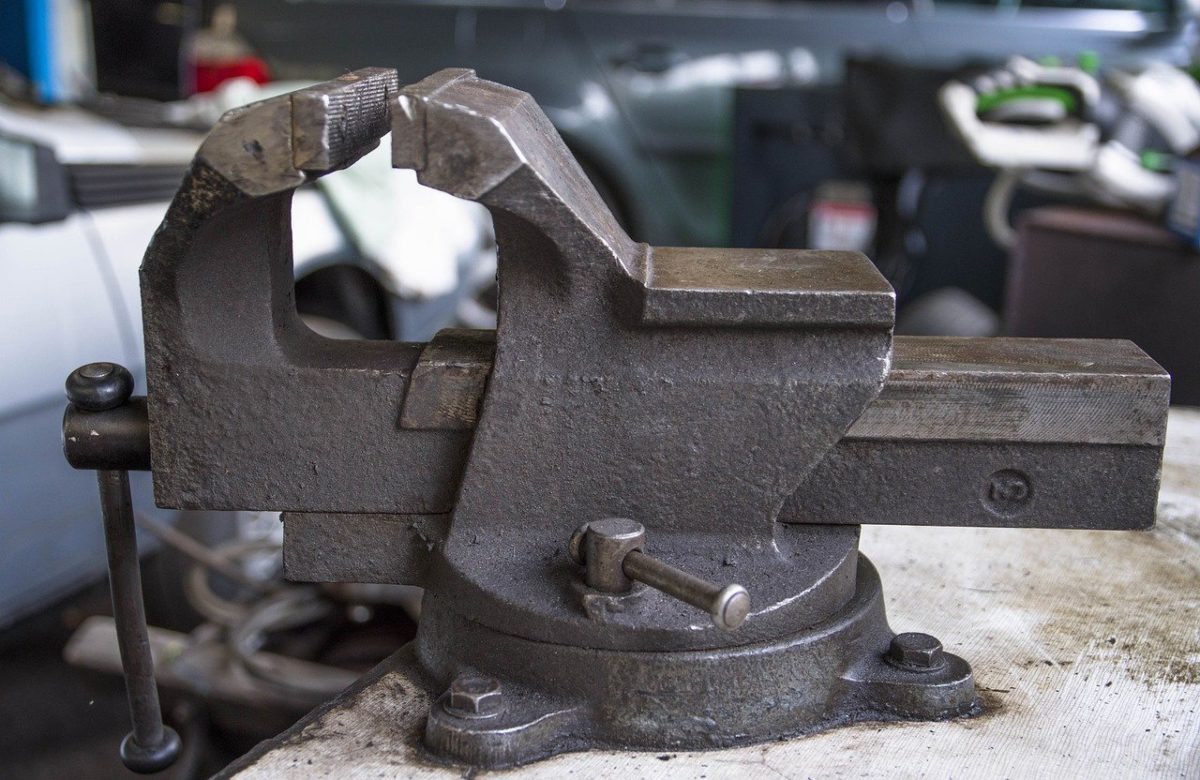

The part clamping jaw refers to a series of tools that are used as accessories to provisionally hold the parts to be machined. This type of accessories allows to firmly tie any type of piece and material. Without the jaws, the machining work would not be precise.
What is the part clamp used for?
It is often thought that in the machining of parts, the most important thing, in addition to the workpiece, is the machine tool that performs the machining. However, these machining jobs could not be performed properly if the parts were not firmly attached to the machine’s chucks, heads, and tables. To ensure that the pieces remain fixed in the position necessary for the work, different mechanisms known as clamps are used.
The clamps not only prevent the part from moving, thus achieving great results, but also guarantee the safety of the operators and, of course, greater comfort when carrying out the work.
The part clamping jaw exerts pressure on the part, in order to keep it fixed to the machine bench. Clamps are essential, not only in machining workshops, but also in carpentry and electrical work. This tool works thanks to a spindle mechanism or any other type, which allows the piece to be held by friction , exerting continuous pressure.
Types of workholding jaws
In the industry there are different types of clamps for holding parts. These can be fixed base or swivel base . In addition, the clamps can also be classified according to their way of actuation; here we find the hydraulic clamps. The most common clamps are the vise , the sergeants, the holding pliers or grip , but other tools are also used as clamps, for example pliers and slings.
Fixed Base Workholding Jaw
The vise falls under the category of fixed base vices. This accessory allows an effective, agile and very easy to handle clamping. Thanks to this method it is possible to carry out multiple machining tasks such as milling, drilling, etc.
The vise is usually placed on a table or bench. It has two jaws, one fixed and the other movable through a square threaded screw; this screw rotates thanks to a lever. The part to be machined is placed between these jaws. To prevent the surface of the piece from being damaged by the pressure exerted by the clamp, protections are usually placed or soft clamps are used that are made with materials such as lead. The screw that helps hold the parts can be adjusted to achieve the desired pressure and prevent the part from moving.
hydraulic clamps
This is one of the more sophisticated clamping jaws , as they use a spindle mechanism to work. Some machine tools, such as drilling and milling machines , include hydraulic clamps as clamping systems. Thanks to the hydraulic jaws, the closing and opening are automatic; so is the pressure they exert.
It is possible to find these types of clamps with a fixed or rotating base . In addition, the hydraulic clamps, common in machining centers , can reach clamping forces that range between 2.5 and 5 tons, without the need for effort and with a manual actuation system.
sergeants
Clamps are tools made up of two jaws that can be adjusted with a screw that, when it turns, exerts pressure on the piece that is placed between the tool. The clamps are available in different sizes and are used for machining metal parts, but also in carpentry work.
The smaller metal-bodied, C-shaped clamps are known as the C -press or G-press.
Pressure or grip pliers
Pressure pliers, called grip , are a type of pliers that can be immobilized in a specific position to tear or deform different materials. The grip is made up of a handle provided with a bolt that allows the opening of the clamp to be established in order to position the part to be machined. On the other side of the handle there is a lever that allows you to apply pressure.
Once the part has been placed, it is completely fixed and allows the operator to release the tool to be able to carry out the machining. When the work is finished, the pressure must be released by tightening the lever located on one of the handles. For greater adjustment, when the parts to be machined must rotate in opposite directions, two grip pliers can be used on the same part.
Pressure pliers can be divided, in turn, into:
- Square clamp .
- Oval jaws .
- Thin jaws .
Pliers and slings
Although they are not officially considered workholding jaws, they serve the same function. Pliers are hand tools , shaped like pincers, made up of two arms that not only hold, but are also capable of cutting. For their part, slings are lifting tools that are also used as clamps. Slings allow a load to be secured through a hoisting or towing hook. The slings are tapes of specific width and length, finished in the form of a loop.


